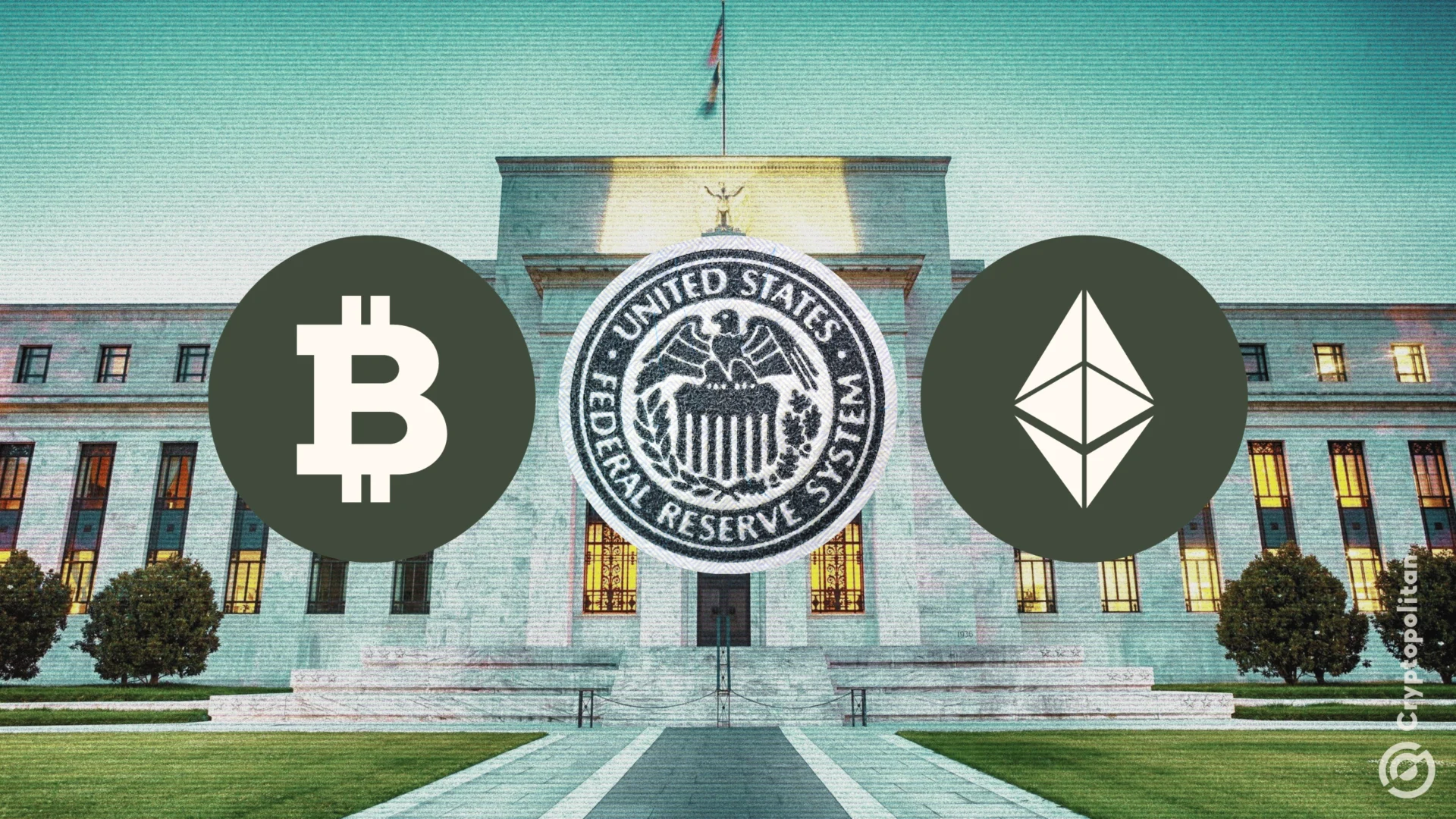The Federal Reserve is on the verge of cutting interest rates, following the European Central Bank (ECB), the Bank of England, and the People’s Bank of China (PBOC). But what if the cut could mean a lot more for crypto than for the suits on Wall Street?
Traditional markets and DeFi markets might react in very different ways. We know that there’s a 76% chance that the Fed will cut interest rates by 0.25 percentage points this month. By the end of 2024, we might see three cuts of 25 basis points each.
However, JPMorgan is already waving red flags. They say even if the Fed cuts rates, the stock market’s party is over. The S&P 500 has taken beatings in September over the last five years, dropping on average by 4.2%.
Investors are on edge, waiting for the latest economic data, like jobs numbers, to figure out what’s next. The big guys are worried that rate cuts are just a reaction to slowing growth, not a signal for more market gains.
Even with the recent rally, the S&P 500 jumping 25% in the past year, this could be just a fluke. It’s the biggest pre-rate cut rally in 70 years. Still, don’t pop the champagne just yet.
Those gains might not stick around. Some companies have enjoyed better earnings because of the higher benchmark rates, making money off bonds. But if rates drop, that income might dry up fast.
Crypto’s wild card moment
Now, let’s talk crypto. When borrowing gets cheaper, people start looking for higher returns, and that’s where crypto comes in. History shows that crypto tends to do well when the Fed cuts rates.
We saw it during the bull runs of 2013-2014 and 2016-2017. And this time could be no different. The crypto market reacts more sharply to global economic changes and central bank decisions than traditional assets like stocks.
A rate cut makes crypto more appealing to institutional investors who are tired of low yields and a weakened dollar. BUT, also, crypto is miniature compared to Wall Street and way more volatile.
The long-term effects of these rate cuts will depend on things like regulation, continuous adoption, and the general health of the ecosystem.
Speaking to us, Innokenty Isers, the founder of Paybis, points out that September usually sucks for Bitcoin. Data shows it usually drops an average of 6.56%.
And so far, it’s not looking good. Bitcoin’s been bouncing between $49,000 and $66,000, with an average around $58,000 this past week. The Fed’s rate cut news hasn’t helped much either.
But Isers thinks the cuts could push Bitcoin to finally break its bad September streak. “Rate cuts generally lead to excessive US Dollar flow in the economy,” he says. “This reduces the Dollar’s purchasing power, further strengthening the outlook of Bitcoin as a store of value.”
Meanwhile, crypto veteran Arthur Hayes isn’t so sure. He’s got a different take on things. “My theory on why Fed rate cuts aren’t going to plan,” he says. Since Powell hinted at a rate cut in Jackson Hole, Bitcoin’s down 10%. “Why? I thought rate cuts were good for risk assets,” he asks.
His point? The Reverse Repo Program (RRP) is paying 5.3%, and no Treasury bill under a year beats that. “MMFs will move money from T-bills to RRP, which is dollar liquidity negative,” he explains.
Basically, since Jackson Hole, the RRP is up by $120 billion. “This will continue as long as T-bill rates are below RRP,” Arthur says.





